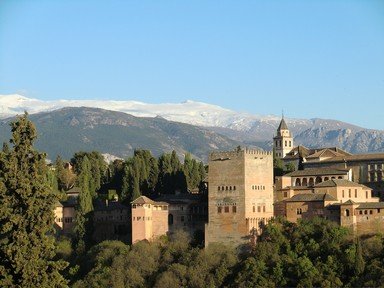Quiz Answer Key and Fun Facts
1. In 500 AD, Spain was taken over by which tribes?
2. In AD 711, what tribes invaded Spain and named it al-Andalus?
3. In 1094, El Cid conquered what city from the Muslims?
4. In 1035, what medieval kingdom was established in Spain?
5. The Great Mosque built in the 8th century was captured in the 13th century by the Kingdom of Castile Christian forces. In what city it is located?
6. In 1478, Pope Sixtus IV issued a decree to expel what race from Spain?
7. In 1479, the Kingdom of Spain was formed when Isabella and Ferdinand were made King and Queen, uniting which two kingdoms?
8. In 1492, the Reconquista ended with the capture of the last Muslim-ruled emirate located in which city?
9. Christopher Columbus passed away in 1506. Which city is his final burial site?
10. In 1521 Spain expanded their empire by conquering what territory?
Source: Author
sw11
This quiz was reviewed by FunTrivia editor
ponycargirl before going online.
Any errors found in FunTrivia content are routinely corrected through our feedback system.
